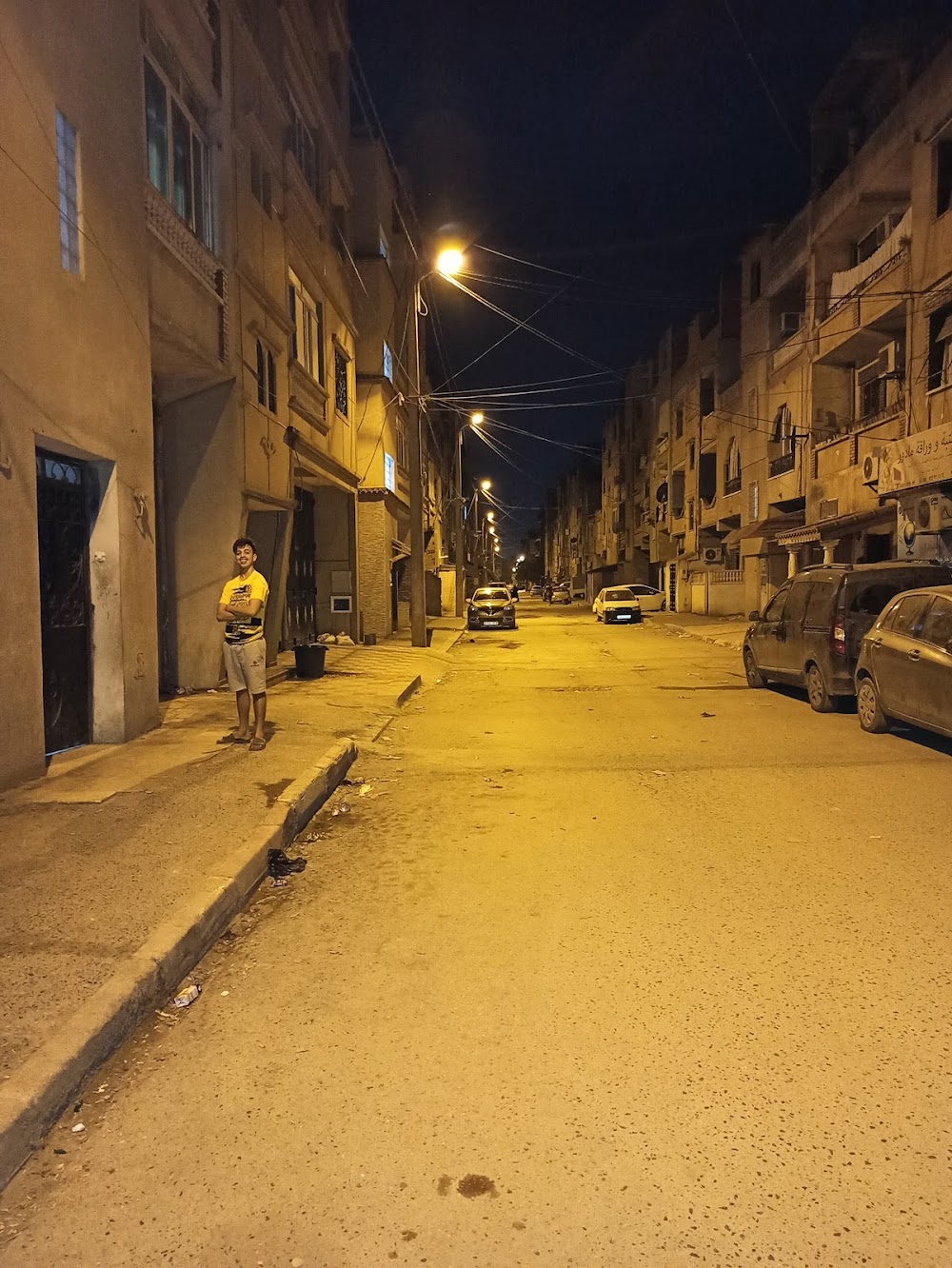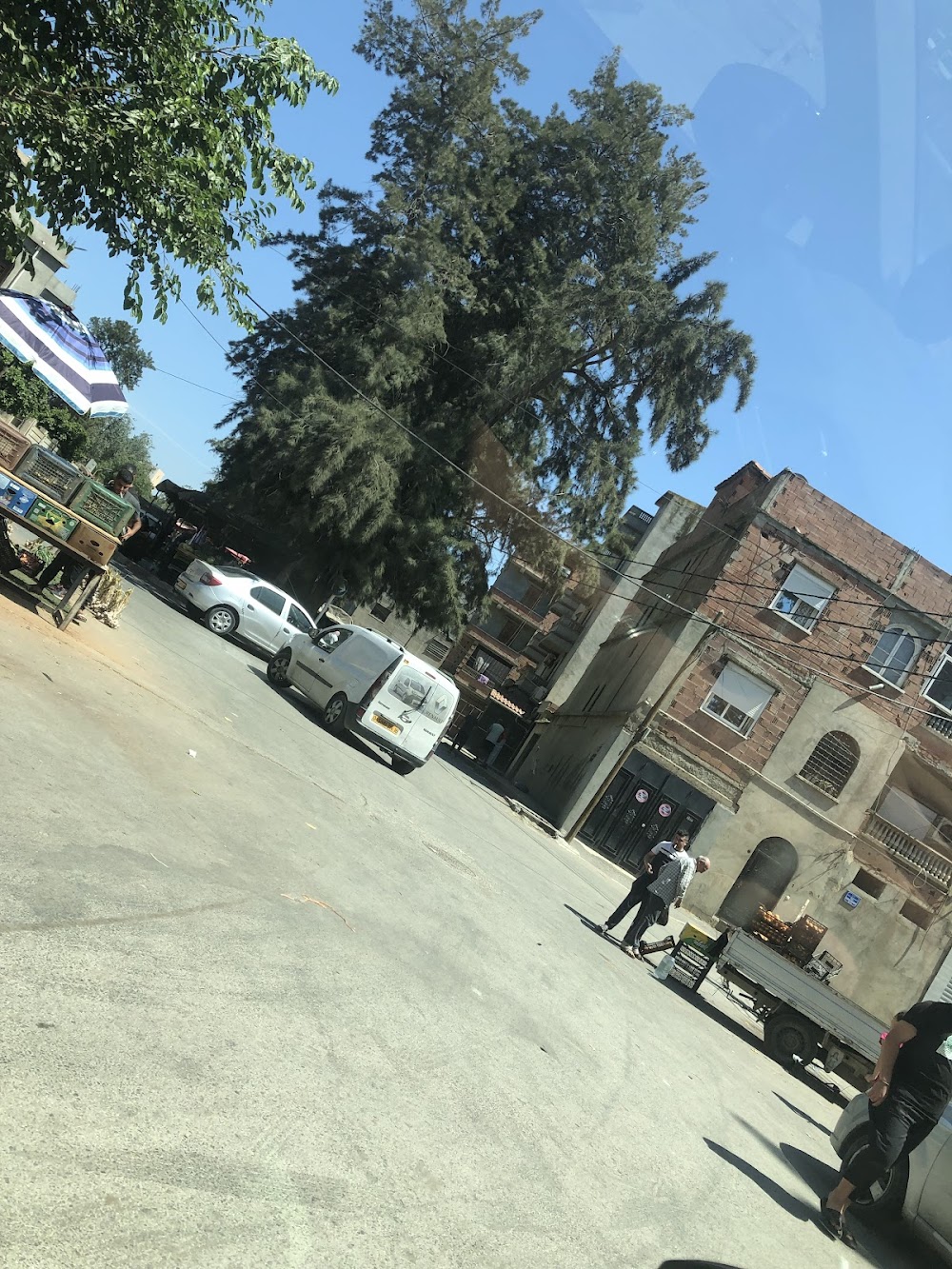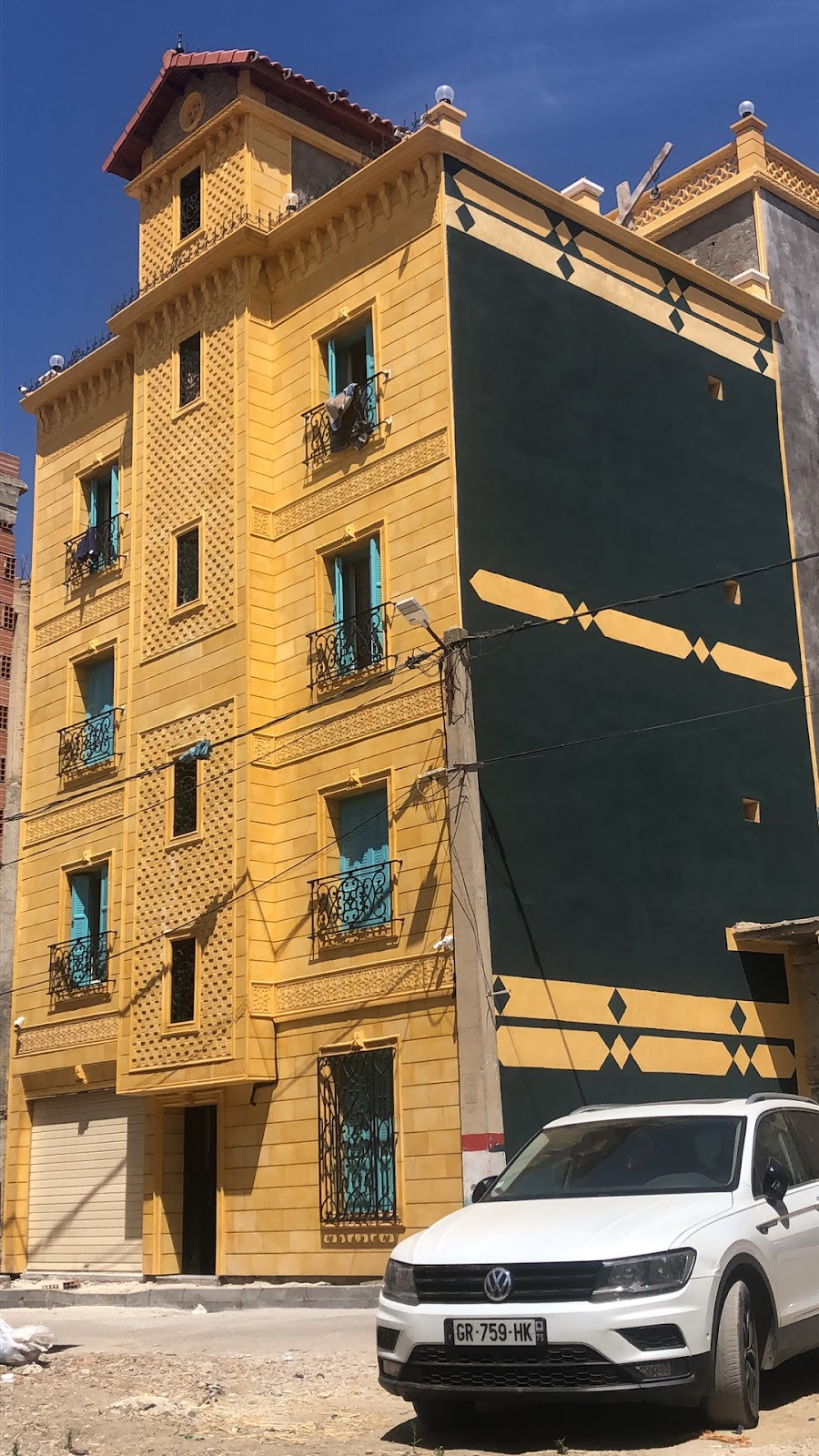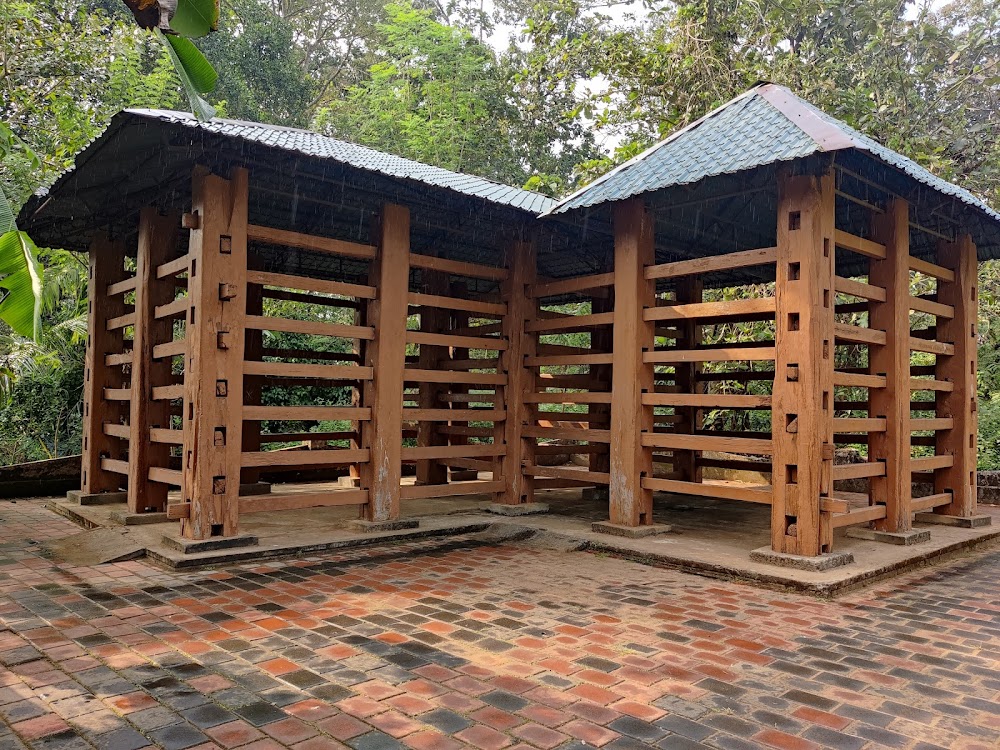Trois Caves (Les Trois Cavernes)
Overview
Les 3 Caves, or Trois Caves, are a captivating trio of caves nestled in the Sikasso Region of Mali. Renowned for their unique history, intriguing geological formations, and cultural significance, these caves have become a prominent landmark for both locals and travelers alike.
Formation and Geological History
The story of Les 3 Caves unfolds over millions of years, shaped by natural processes. These caves were formed through a combination of geological activities, where erosion by wind and water sculpted the sandstone and limestone rock formations into the impressive caverns we see today. Rainwater trickled through cracks in the rock, dissolving minerals and gradually expanding these fissures, ultimately carving out the caves.
The Cave of the Hunters
The first cave, known as the Cave of the Hunters, is the most accessible of the trio. It is believed to have served as a shelter for early human settlers. Archaeological findings, including ancient tools and animal bones, indicate that this cave was utilized for hunting and habitation. The walls of the cave are adorned with ancient rock art, depicting scenes of daily life, wildlife, and hunting expeditions. These paintings offer a fascinating glimpse into the lives of the region's early inhabitants.
The Cave of the Elders
The second cave, referred to as the Cave of the Elders, is larger and boasts a more complex structure with multiple chambers interconnected by narrow tunnels. This cave is thought to have been a gathering place for tribal elders, where important decisions were made. Its unique acoustic properties made it ideal for significant meetings and ceremonies. Artifacts such as pottery shards and ceremonial objects have been uncovered here, highlighting the cave's importance in the communal life of early societies.
The Cave of the Spirits
The third cave, known as the Cave of the Spirits, is the most enigmatic of the trio. Located deeper within the rock formation, it is less accessible than the other two caves. Local legends describe it as a sacred space inhabited by spirits, often used for spiritual rituals. Inside, the air is noticeably cooler, and an eerie silence envelops the chambers. Ancient relics, including carved idols and ceremonial stones, have been discovered, emphasizing the cave's role in spiritual practices.
Cultural Significance and Preservation
Over the centuries, Les 3 Caves have remained an essential cultural site for the people of the Sikasso Region. They serve not only as a connection to the past but also as a place of reverence and respect. The caves have been carefully preserved, with ongoing efforts to protect the fragile rock art and artifacts they contain.
Tourism and Exploration
In recent years, Les 3 Caves have garnered attention from tourists and researchers alike. The local community has embraced this interest, taking steps to ensure the caves are accessible while maintaining their integrity. Guided tours led by knowledgeable locals offer visitors unique insights into the history, significance, and natural beauty of these remarkable caves.
Visitors to Les 3 Caves can expect a journey back in time. The well-preserved rock art, ancient artifacts, and the stunning natural beauty of the caves provide a rare opportunity to connect with the region's rich history and culture. The cool, tranquil chambers offer a welcome respite from the heat of the Malian sun, allowing for reflection on the lives of those who sought shelter within these walls thousands of years ago.
Conclusion
In summary, Les 3 Caves in the Sikasso Region of Mali stand as a remarkable testament to both natural processes and human history. Formed through erosion and the dissolution of minerals, these caves have served as shelters, gathering places, and spiritual sanctuaries for early inhabitants. Today, they remain a cherished heritage site, inviting visitors and researchers to explore their rich history and cultural significance.







